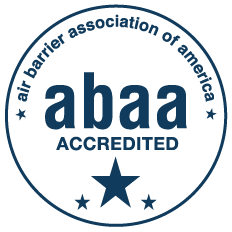Fiberglass Insulation
Fiberglass Insulation Specialists Servicing Kentucky & Tennessee
Including Lexington & Knoxville Areas
Including Lexington & Knoxville Areas
We are the experts.
At Pro Tec Insulation, we are the experts in fiberglass insulations. We offer a four major types of insulation, depending on your specific needs and application. Below you will find more information about the types of fiberglass insulation that we offer!
LOOSE FILL FIBERGLASS INSULATION
Fiber glass loose-fill insulation is made from molten glass spun or blown into fibers that are then processed into the final product. It is an effective insulation and meets the requirements of ASTM C 764 – Mineral Fiber Loose-Fill Thermal Insulation. Fiber glass loose-fill insulation is inorganic and noncombustible. In addition, the fibers will not rot or absorb moisture and do not support the growth of mildew, mold or fungus. Fiber glass loose-fill insulation is available in two forms – either processed from a by-product of manufacturing batts or rolls, or from “prime” fibers produced especially for blowing applications.
ROLLED BATTS INSULATION
Blanket insulation — the most common and widely available type of insulation — comes in the form of batts or rolls. It consists of flexible fibers, most commonly fiberglass. You also can find batts and rolls made from mineral (rock and slag) wool, plastic fibers, and natural fibers, such as cotton and sheep’s wool.
BLOW-IN BLANKET (BIBS) INSULATION
The BIBS system is a proven, state-of-the-art insulation system utilizing specially manufactured fiberglass blowing wools installed in the walls, floors, attics, and cathedral ceilings behind a proprietary fabric. The system forms a seamless blanket of insulation that completely fills around pipes, wires, and other objects inside the cavity to increase thermal efficiency and eliminate costly voids and air gaps. This process helps provide you with the highest, full cavity effective R-values attainable today.
Benefits of Insulation
- Reduces energy costs
- Prevents moisture condensation
- Reduces capacity and size of new mechanical equipment
- Enhances process performance
- Reduces emissions of pollutants





